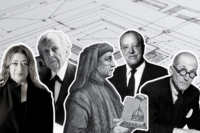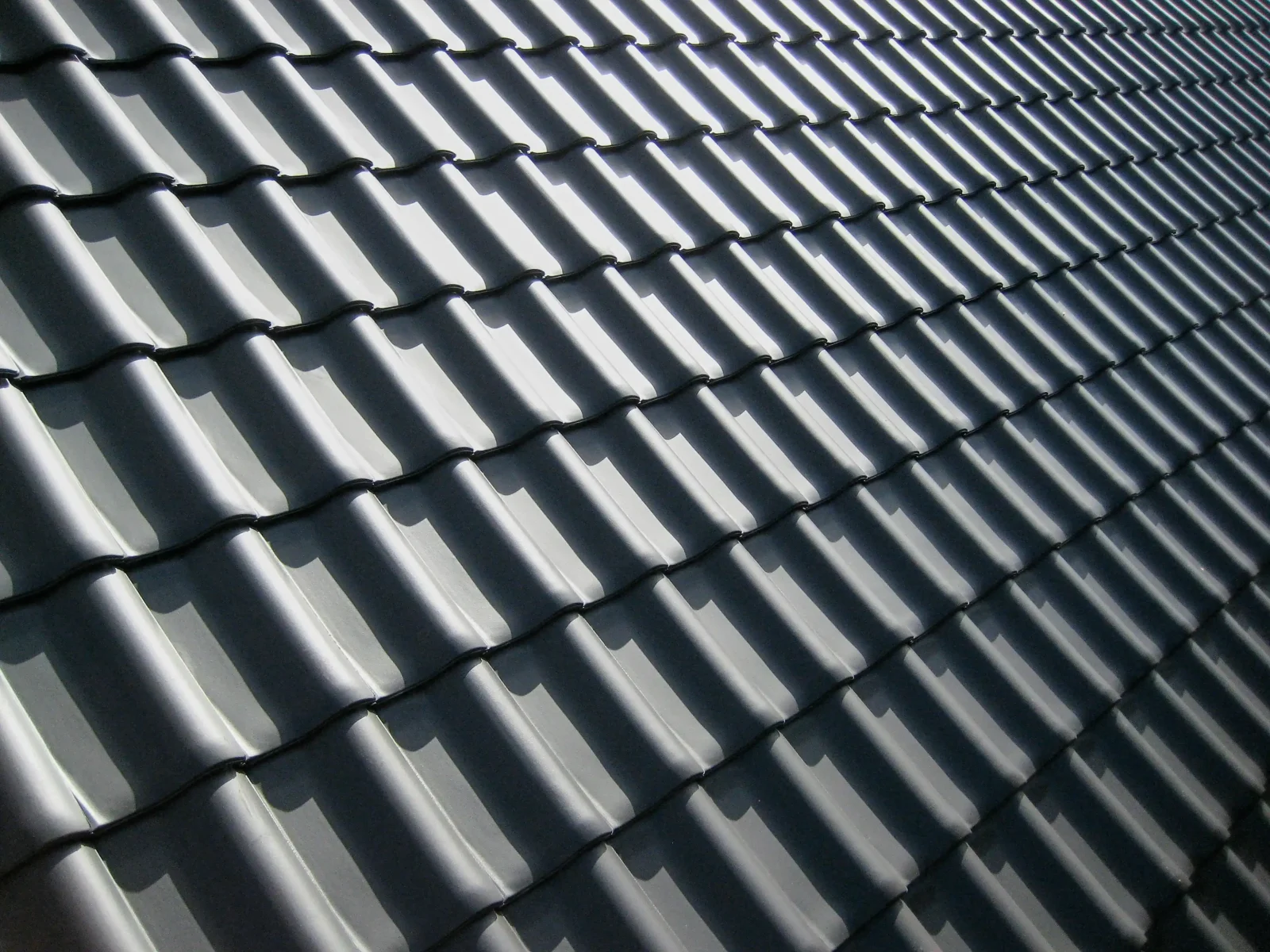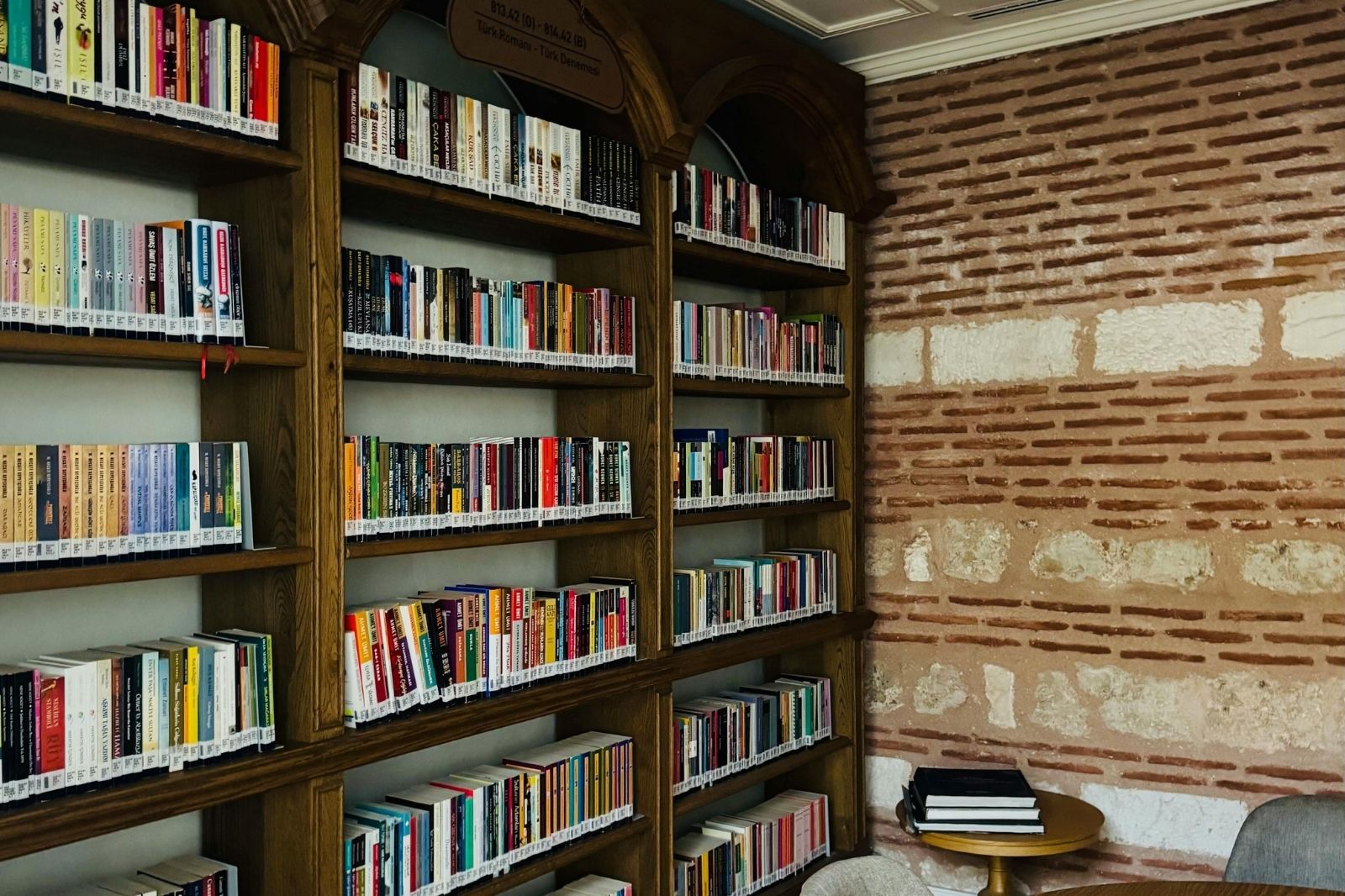- Home
- Articles
- Architectural Portfolio
- Architectral Presentation
- Inspirational Stories
- Architecture News
- Visualization
- BIM Industry
- Facade Design
- Parametric Design
- Career
- Landscape Architecture
- Construction
- Artificial Intelligence
- Sketching
- Design Softwares
- Diagrams
- Writing
- Architectural Tips
- Sustainability
- Courses
- Concept
- Technology
- History & Heritage
- Future of Architecture
- Guides & How-To
- Art & Culture
- Projects
- Interior Design
- Competitions
- Jobs
- Store
- Tools
- More
- Home
- Articles
- Architectural Portfolio
- Architectral Presentation
- Inspirational Stories
- Architecture News
- Visualization
- BIM Industry
- Facade Design
- Parametric Design
- Career
- Landscape Architecture
- Construction
- Artificial Intelligence
- Sketching
- Design Softwares
- Diagrams
- Writing
- Architectural Tips
- Sustainability
- Courses
- Concept
- Technology
- History & Heritage
- Future of Architecture
- Guides & How-To
- Art & Culture
- Projects
- Interior Design
- Competitions
- Jobs
- Store
- Tools
- More
The Geometric Charm of Art Deco in Art and Global Architecture

Art Deco is one of the most influential design movements of the previous century. It appeared as a response to the time’s rapid technological advancements and cultural optimism. Emerging in the 1920s, it became a global phenomenon, impacting everything from fashion to architecture and leaving a lasting legacy on modern design.
To learn more about this style, its features in illustrations and architecture, and discover nine global Art Deco architecture examples, read further. This article will guide you through the basics of the Art Deco style.

Download HD, royalty-free Art Deco visuals from Depositphotos for your creative projects
Table of Contents
ToggleArt Deco in illustrations and architecture
Art Deco is a French design style that combines a modern feel with luxury and craft, focusing on elegance and sophistication. The style is well-known for its bold geometric shapes, symmetry, and streamlined forms. It often uses controlled and elegant ornaments inspired by various cultures and historical periods, including ancient Egypt, Aztec, and classical art.

Art Deco illustrations use clean geometric shapes, sharp angles, and streamlined forms. The most prominent illustration examples include vintage travel posters, advertisements for luxury goods, and iconic movie posters that often feature glamorous figures, sleek vehicles, and stylized cityscapes. E.g., the “Gatsby” film posters, Miami Art Deco-inspired graphic designs, and luxury brand campaigns such as Prada and Cartier, which often draw on Art Deco motifs.
Art Deco architecture and interiors, in turn, focus on symmetry, proportion, and geometric ornamentation. The facades often have balanced arrangements of windows and doors, and angular patterns like zigzags and sunbursts. What’s more, architecture often uses luxurious materials such as marble, chrome, and glass to create a sleek, glamorous look.
9 renowned Art Deco architecture examples
Art Deco is a versatile style that includes rich interiors and stunning skyscrapers. The following nine global examples represent it the best.
Art Deco in American culture
The most well-known US Art Deco architecture examples are:
- Chrysler Building. It was designed by architect William Van Alen and completed in 1930. Its iconic spire, sleek verticality, and intricate metal detailing are great examples of the style’s emphasis on modernity, luxury, and geometric ornaments. The building is made of chrome and steel, symbolizing industrial progress. It also has gargoyle-like ornaments that resemble automobile parts and reflect the Chrysler Corporation’s influence.
- Empire State Building. It was finished in 1931 and designed by Shreve, Lamb & Harmon. This skyscraper has a symmetrical design and setbacks and uses limestone, granite, and aluminum. At its completion, it was considered the tallest building in the world and became a symbol of technological achievement and the resilience of New York during the Great Depression.
- Radio City Music Hall. It was designed by Donald Deskey and completed in 1932. The building has typical Art Deco interiors, geometric ornamentation, and a luxurious sense of space. There is a lot of chrome, glass, and sleek surfaces that also reflect the style’s focus on elegance and modern materials. Its interiors are adorned with grand murals and gilded motifs.

Art Deco in French culture
Here are the three popular French Art Deco architecture examples:
- Palais de Tokyo. It was built for the 1937 Exposition Internationale and is characterized by clean lines, geometric detailing, and a modernist flair. The Palais de Tokyo reflects France’s adaptation of Art Deco with a focus on classicism and modernity. Today, it serves as a contemporary art museum, which clearly demonstrates the building’s lasting influence as a cultural space and an example of French Art Deco elegance.
- Théâtre des Champs-Elysées. It was finished in 1913 by architect Auguste Perret and is considered an early example of Art Deco architecture in France. The building has clean lines, geometric shapes, and is made with reinforced concrete, which was considered a modern material at the time. Inside, the theater is adorned with minimalist decorative motifs and luxurious materials that represent a shift from styles like Art Nouveau to the more restrained elegance of Art Deco.
- Villa Cavrois. It was designed by Robert Mallet-Stevens and completed in 1932. The building has clean geometric lines, symmetrical proportions, and also uses modern materials: glass, steel, and brick. The villa was designed as a modern family home for industrialist Paul Cavrois. Its functional design embodies the French Art Deco aesthetic, with an emphasis on style and modern living.

Art Deco in British culture
Here are the examples of Art Deco architecture in British culture:
- Hoover Building. It was completed in 1933 by architects Wallis, Gilbert & Partners. The building was originally created as a factory for the Hoover Company and had bright color schemes, geometric patterns, and Egyptian-inspired motifs. The use of glass and decorative tiling reflects the luxurious and modern spirit of the Art Deco era.
- Senate House, University of London. It was designed by architect Charles Holden and completed in 1937. The building is sleek and has vertical lines, understated ornamentation, and geometric proportions that create a sense of grandeur and modernity. It is the administrative center of the University of London and reflects the Art Deco emphasis on function, form, and forward-thinking design.
- Tinside Lido. Built in 1935 and restored in 2005, Tinside Lido is currently a striking example of Art Deco landscape architecture. It is an outdoor swimming pool that is located on the seafront and has clean geometric shapes, sweeping curves, and streamlined design elements. The circular pool is surrounded by sun terraces and decorated using white and blue tile work, typical of the period’s love for nautical and futuristic themes. Its integration into the coastal landscape highlights the Art Deco emphasis on combining aesthetics, functionality, and recreation.

To sum up
Art Deco style in illustration and architecture has a timeless appeal and blends modernity with luxury and cultural richness. It reflects the technological progress and optimism of the early 20th century. Explore the architectural Art Deco examples from this article and discover more to see the mark this style has left on design and modern aesthetics.
illustrarch is your daily dose of architecture. Leading community designed for all lovers of illustration and #drawing.
Submit your architectural projects
Follow these steps for submission your project. Submission FormLatest Posts
How to Arrange Furniture in a Small Room: Smart Space Solutions
Arranging furniture in a small room can feel challenging, but with the...
How Underfloor Heating Affects Home Design
Underfloor heating has moved far beyond the realm of luxury upgrades. Today,...
A Full Guide To Selecting Durable Steel Protection For Your Home
Choosing the right steel protection for your home is a long-term investment...
Must-Read Architecture Books for Students in 2026
In an era shaped by AI tools, digital workflows, and global challenges,...












Leave a comment